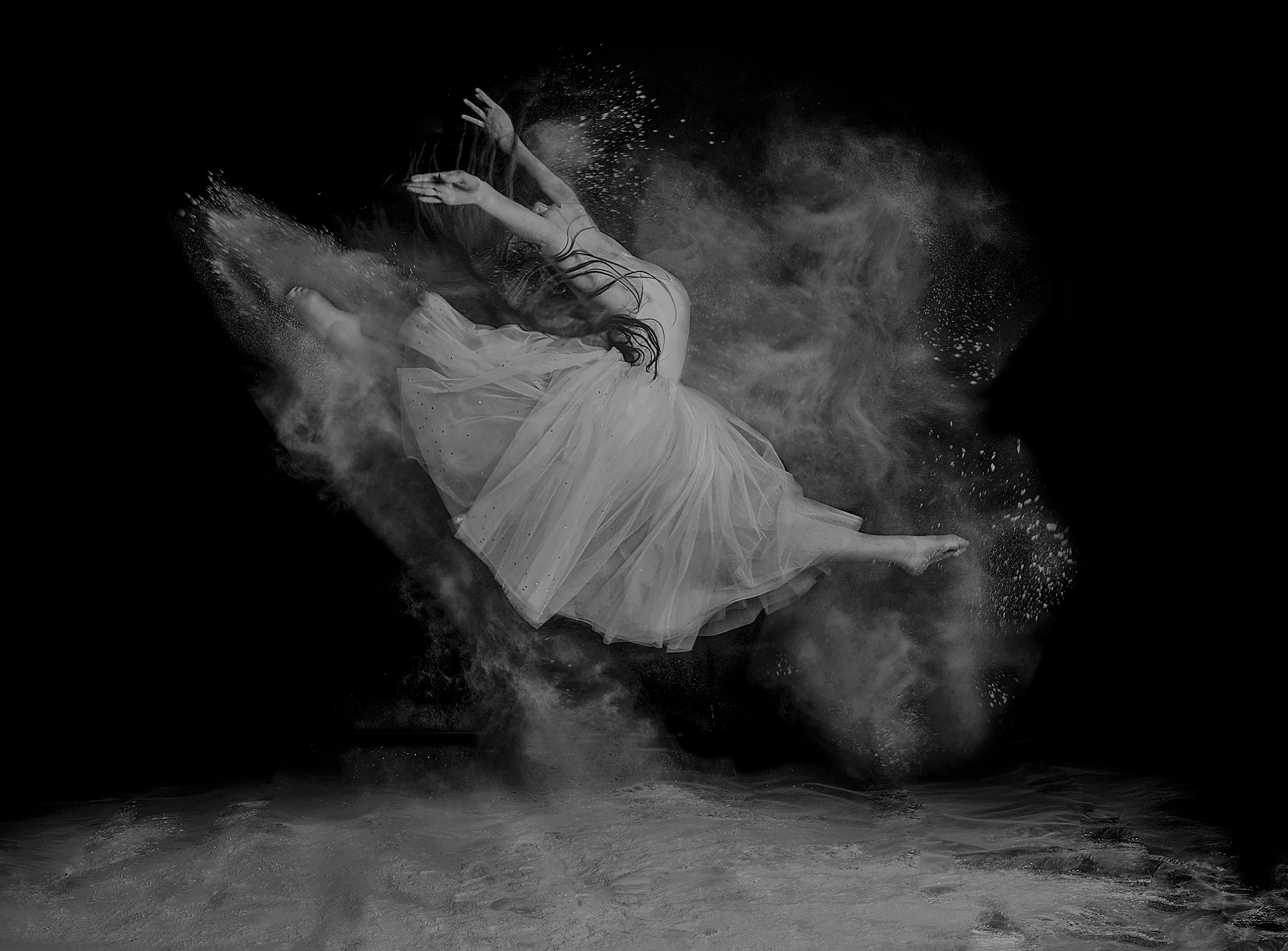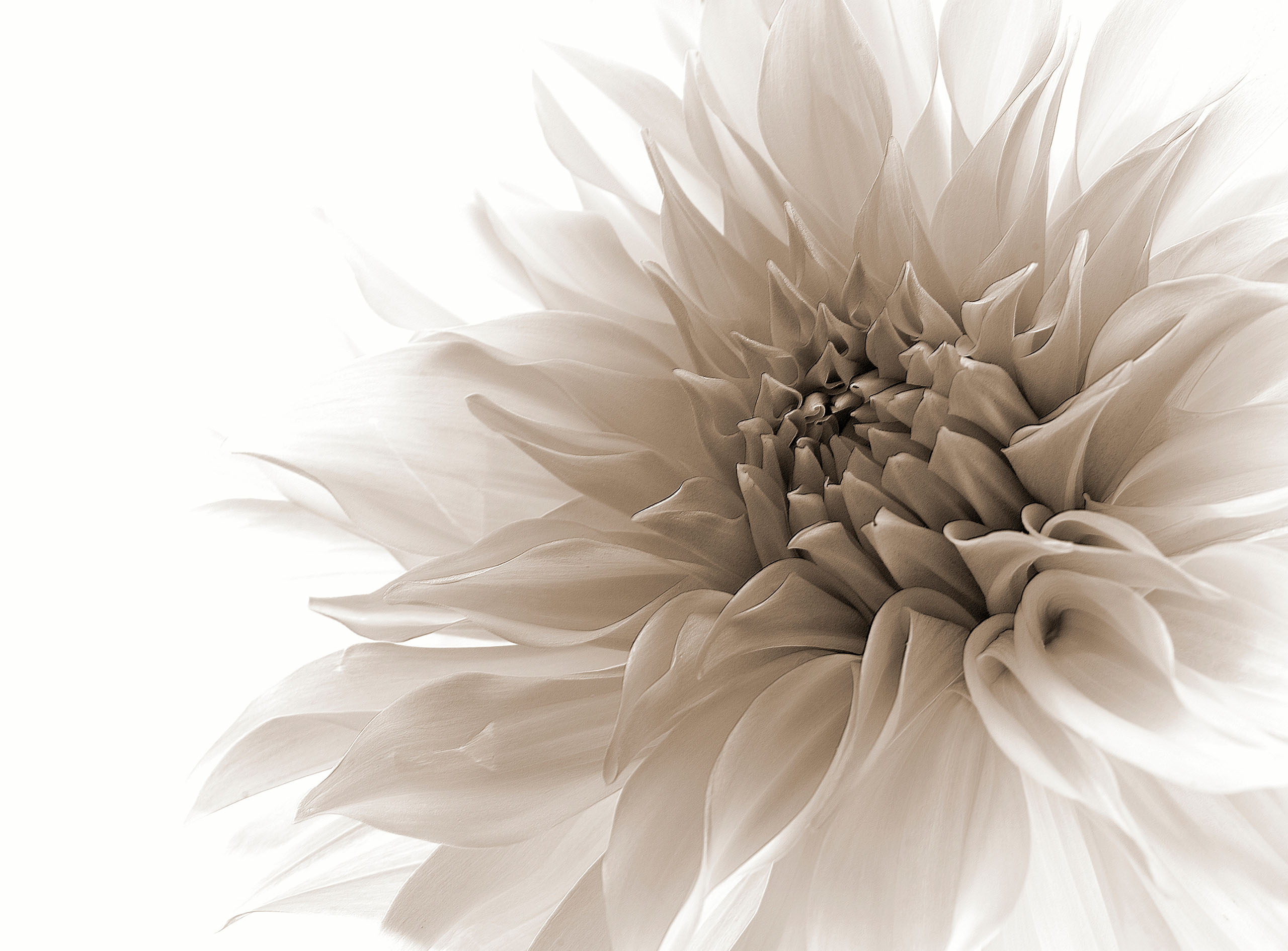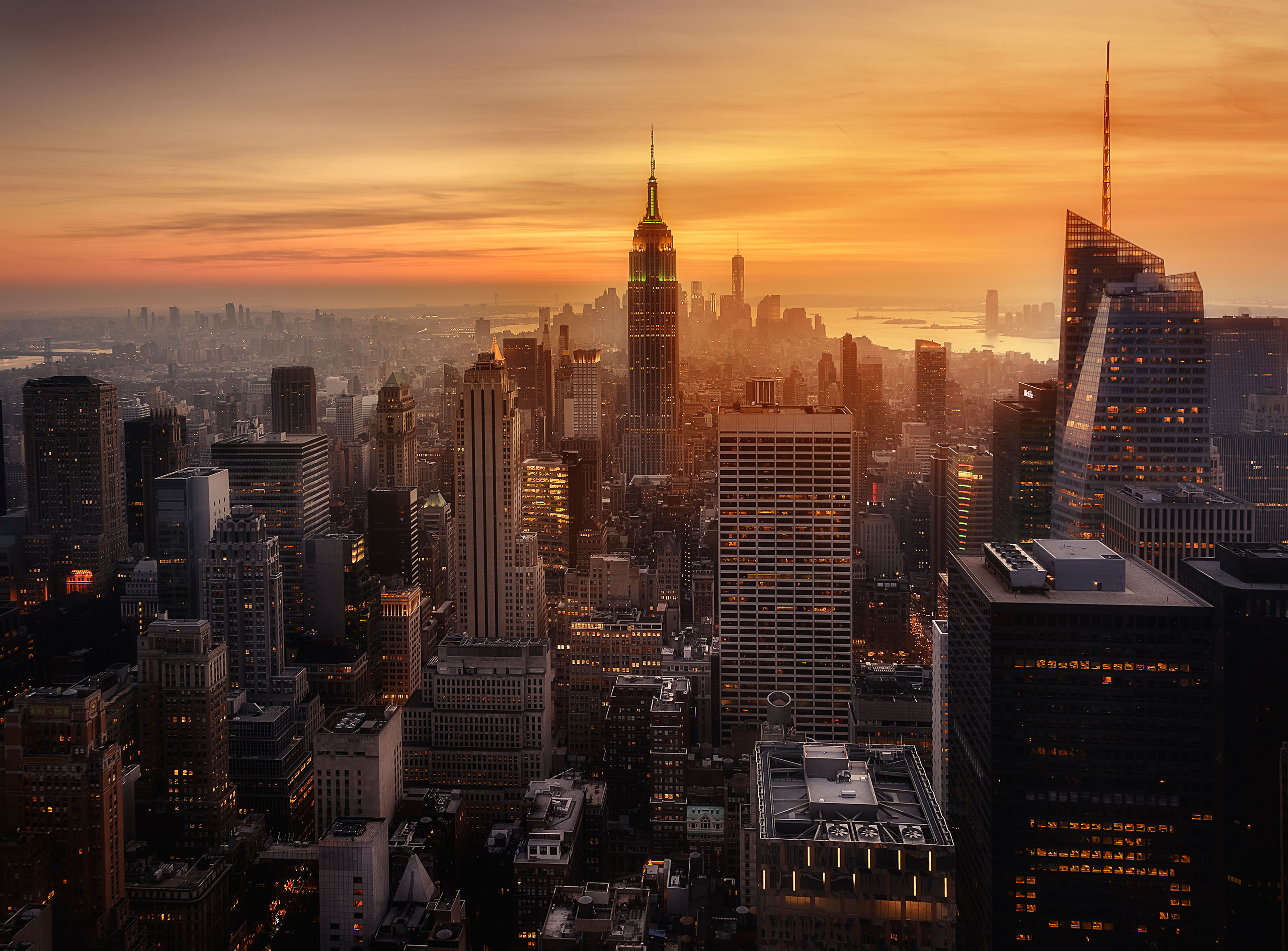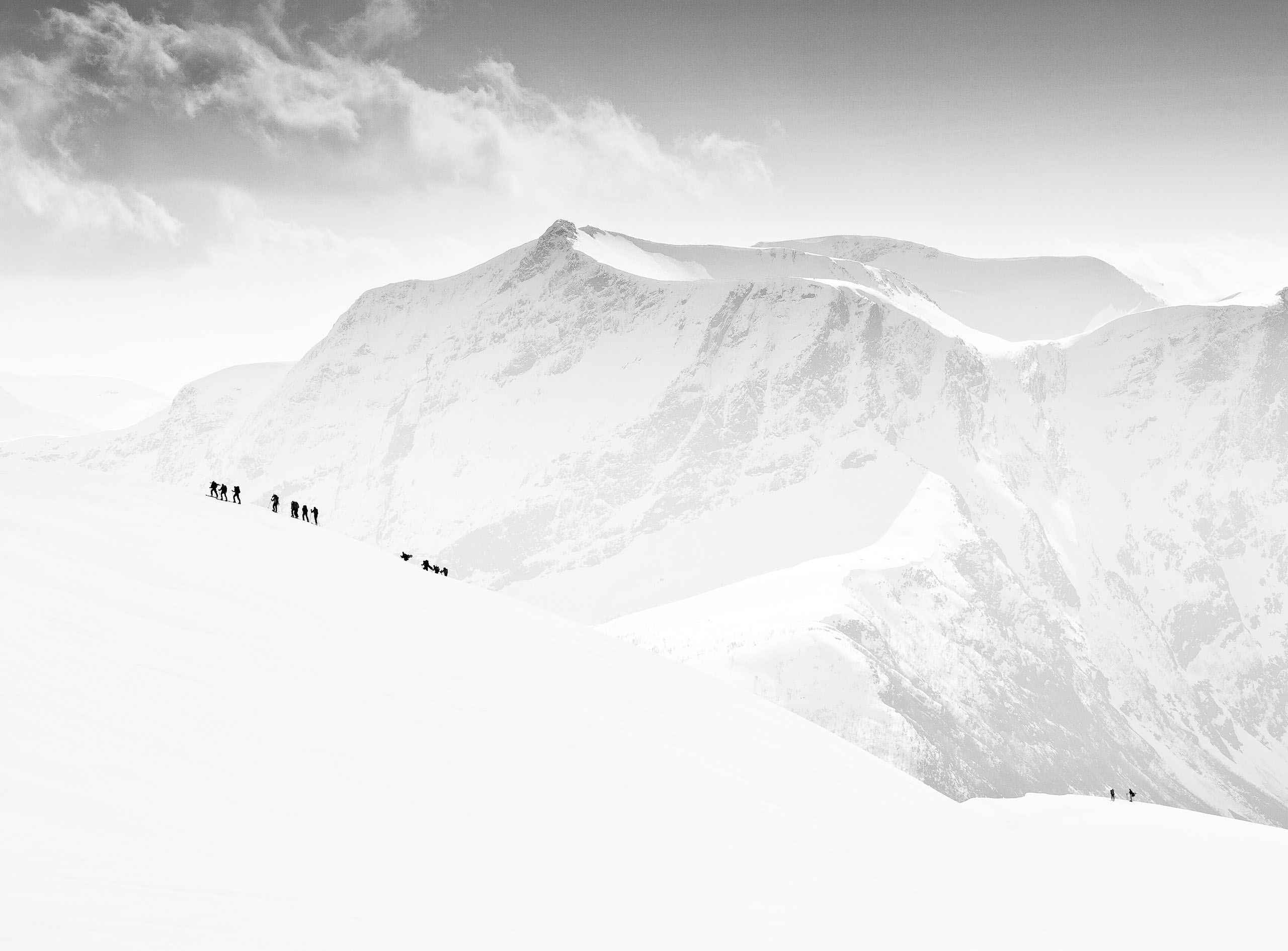SEARCH






|
|
|
|


Interview/tutorial by Editor Michel Romaggi in collaboration with the author
Ewa Całkosińska-Kajzer

'Uliczka z moich snów' – translation: 'the alley of my dreams'
A street lined with colourful houses blending into a blurred environment, and this young woman, alone, standing in the middle of this deserted street. This image, with its intriguing title, made me want to know its author better. Ewa was kind enough to answer my questions.
In what circumstances was this photo taken? Is this street that important to you as the title suggests?
My photo "the alley of my dreams" is one of my favourite photos. I took the photo while on vacation in the mountains of Central Sudetes. At the time, when I was there, the Corona virus was striking hard and most of the tourist towns and villages were deserted. You could say it was a stroke of luck because if it hadn't been for the Coronavirus, I probably wouldn't have been able to take a picture of that empty street. Usually, around noon, many silhouettes were roaming the streets.
I took several dozen shots of this city and most of them from its empty streets. Many of this type of my pictures (street shots) are monotypes, so-called "painted pictures with the camera". So, I set the camera more or less between 1/8 and 1/15, while the aperture value depends only on the outside conditions. If it is dark, I set the aperture to f/11 or f/16. If there is a lot of light then the aperture is f/22 or f/32. When taking such pictures, I move the camera up and down or sideways or otherwise to get an unprecedented blur effect, also called ICM (intentional Camera Movement).
'the ally of my dreams' was not a mono-type, because the day was very sunny, and in my camera, the smallest aperture was only f/32, so I was afraid that the pictures would be overexposed. So I took ordinary pictures, but as usual, in my imagination, I already had an idea that the picture would be quite unusual.
What equipment did you use and which were the settings?
The photo was taken with a Canon EOS 1300D camera. For this purpose, I used the Canon EF 10-18mm lens and the settings were ISO 100, f/7.1, 1/320.
The post-process is an important part of this work. Can you briefly explain the different steps to get this result giving the impression of a painting?
I started to process the photo in Photoshop. Before blurring the photo, I converted it into a smart object, then I went to the filters and blur gallery and chose the vertical blur there using a speed of about 179%, a shrinkage of about 14%, and a speed at the end of about 207px.
At this point, I got a photo very similar to my mono-types. The rest of the processing is just my fantasy, sometimes there are characters in the photo that matches it, and sometimes they aren't there, so when I find something that fits such a photo, I look for my other photos and then insert it.
In this case, it was a girl in a coat standing in the middle of the street. Then I changed the hue and saturation and colour balance, the values of these two parameters depend only on the colour effect we want to achieve.
The next step is to add textures to the photo, for example, the texture of a material, such as paper or corrugated material. I often add a few textures, including colours, and then matches the ones that work best for me. This is how the photo 'the alley of my dreams' was created.
How do you imagine your scenes before photographing? What do you mean to convey by using this process?
Before I take a picture, I always imagine what such a scene should look like. In my head there is a frame ready that I want to capture, the settings also depend on what I want to achieve, whether the picture is happy or rather dark and gloomy. A lot also depends on my mood at the moment, so my pictures are either happy or sad. For me, photography is an expression of feelings. I want to convey what I feel with such pictures, usually, the recipients feel my mood well. For some photographers, photography translates reality into a pleasant setting, while for me, photography has always been about expressing feelings.

'Pamiętnik znaleziony w Saragossie' – translation: 'Diary found in Zaragoza'

'Szelest nocy' – translation: 'The rustle of the night'

Za niebieskimi drzwiami... - translation: 'Behind the blue door'

Jesienne smuteczki – translation: 'Autumn sadness
To end this short interview/tutorial, can you tell us a little about yourself and your passion for photography, Ewa?
My name is Ewa Calkosińska - Kajzer and my artistic pseudonym is Ewa Lamond. I live in Poland in the oldest city - Kalisz. My adventure with photography began about 8 years ago. that is at the age of 47, although I was interested in photography before. I am a self-taught artist photographer from A to Z. I learned everything by myself, from videos, articles, and newspapers, and mostly by trial and error, photographing and correcting again and again. I made it a point not to use the automatic settings in the camera from the very beginning. I didn't know anything about aperture, focal length, and light, ISO because I didn't know the settings, it was very hard. But I was always very ambitious, I soon found out what it was for and started to play with manual settings. It's all about setting the camera up in a way that's fun to work with later. I remember my friend's surprise when I revealed the settings of the winter scenes I photographed. With my settings, the photos should have been overexposed. But it wasn't, the snow in the photos looked like a fairy tale. I must admit that I have learned a lot of camera setup tricks that I have used so far that are very unusual.
I love what I do because I put my heart and soul into it, I love artistic photography. It is perhaps easier for me than for others, because I also paint pictures and write poetry, and I have been interested in it since I was young. I prefer landscape photography and portraits. Working with people is very inspiring, maybe because everyone is different. I work on Photoshop, which I also had to learn on my own and I admit it was not easy. The learning continues, I discover new features and improve them in my way. This is my journey and I hope it will continue like this.
I greet you all cordially.
Thank you Ewa for having accepted to let us enter your artistic universe by sharing some of your creation secrets.

'Magia moich snów' translation: 'The magic of my dreams'
 | Write |
 | Isabelle DUPONT Vos images sont fabuleuses et nous emmènent dans un univers irréel. Bonne continuation. |
 | Ewa Całkosińska-Kajzer Dziękuję bardzo za miły komentarz |
 | Elisabeth van Helden PRO Thank you Ewa for sharing some of your techniques and Michel for this interview. Beautiful techniques and use of color in these warm somewhat melancholic images. Never stop looking and learning |
 | Ewa Całkosińska-Kajzer Dziękuję bardzo |